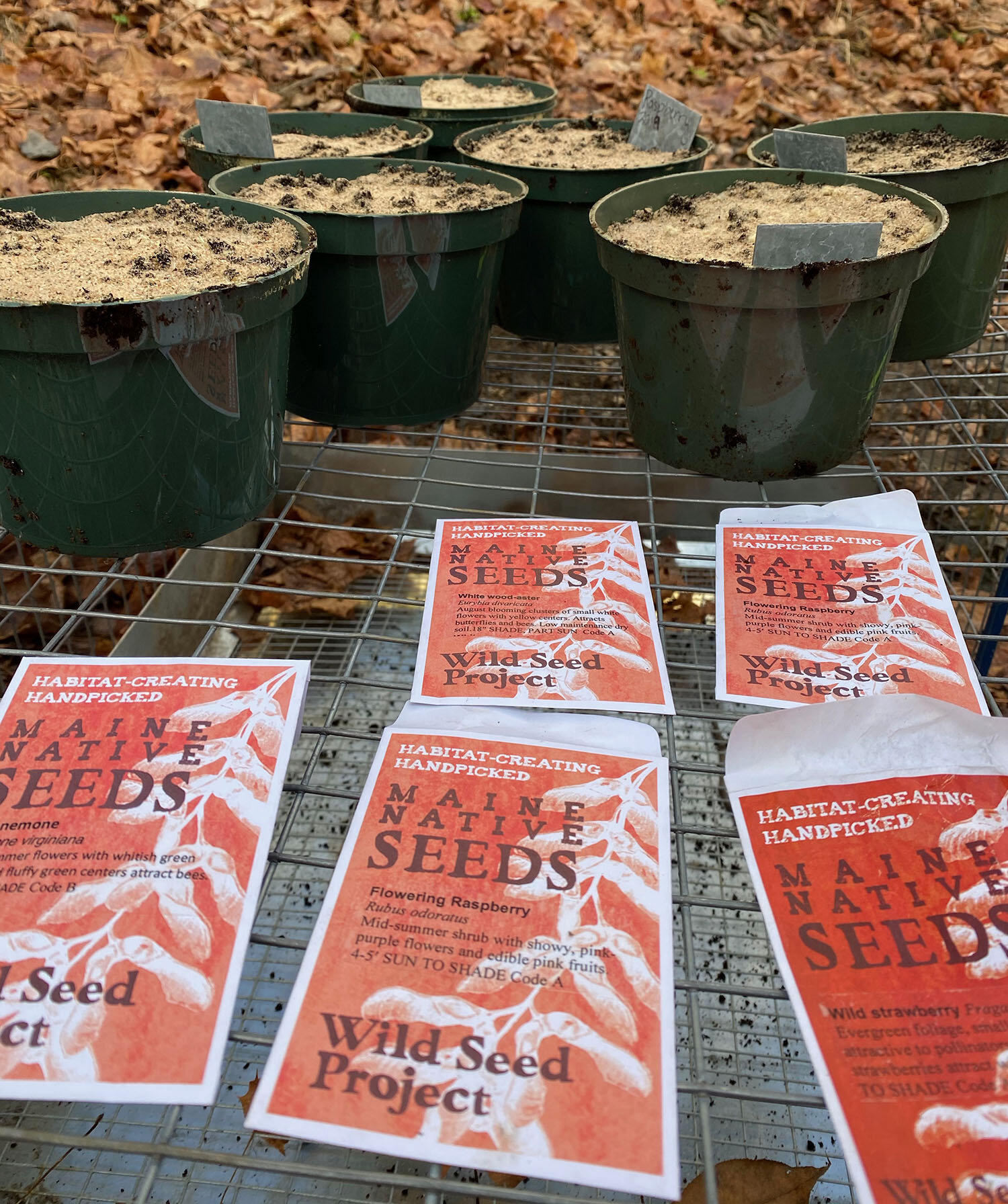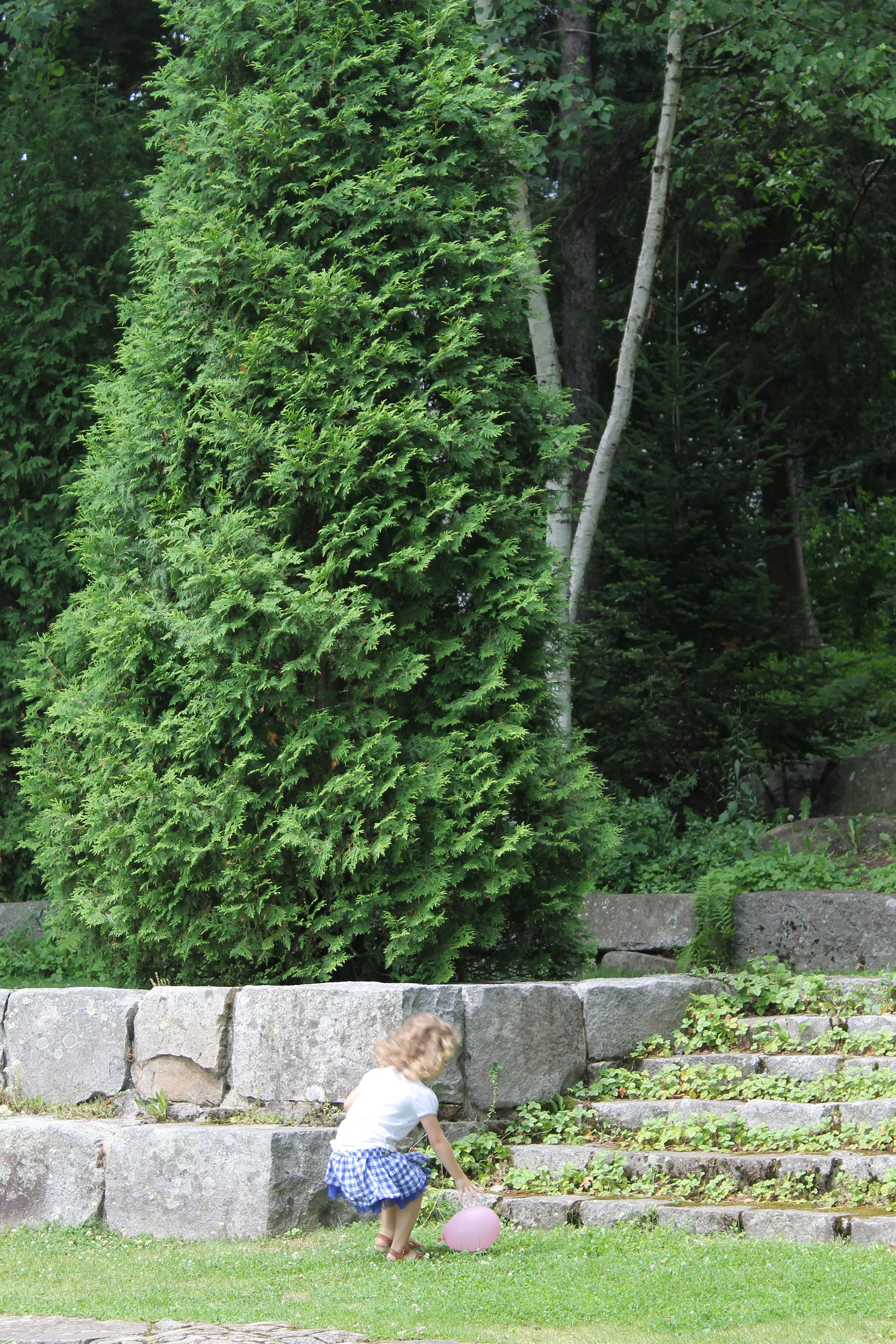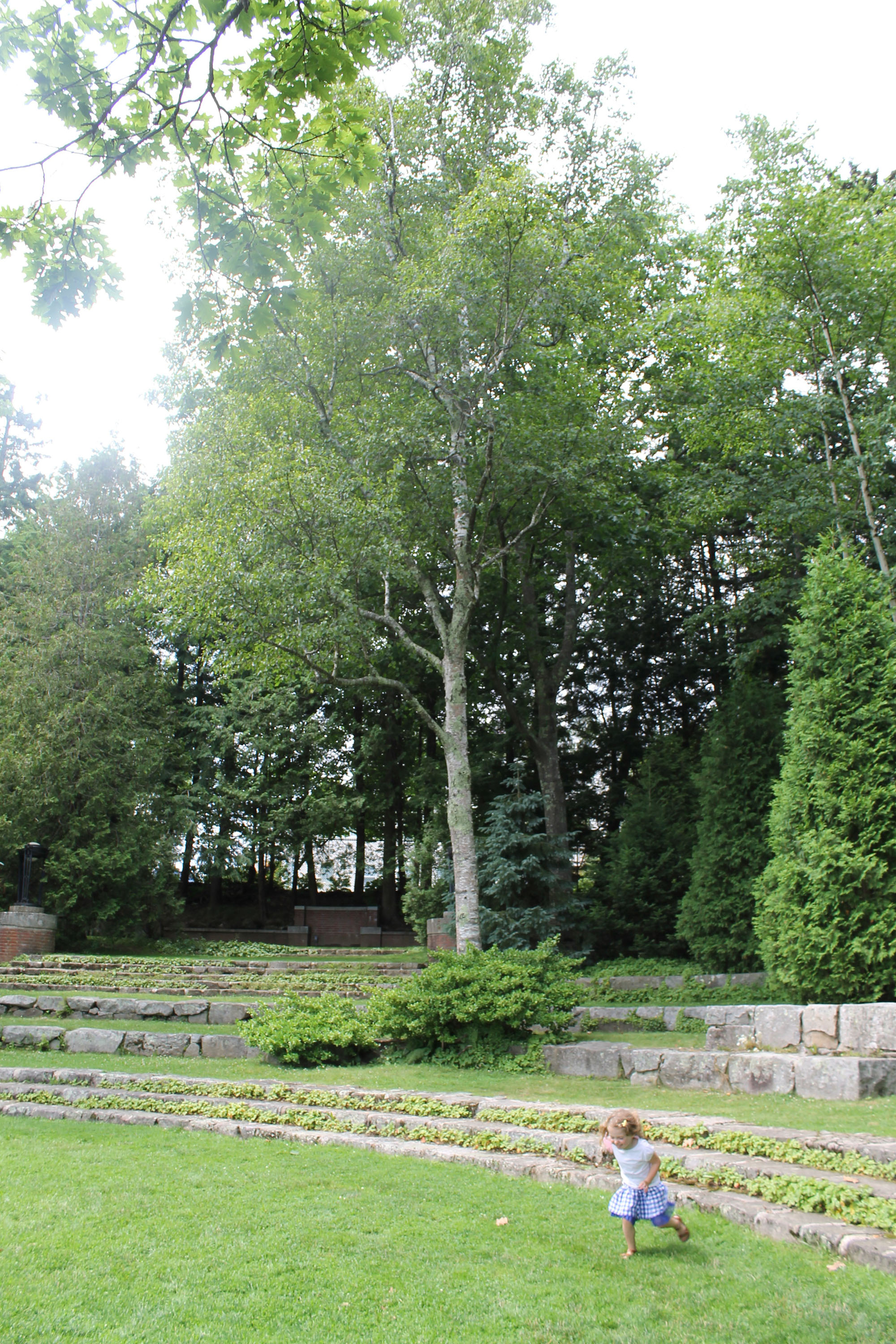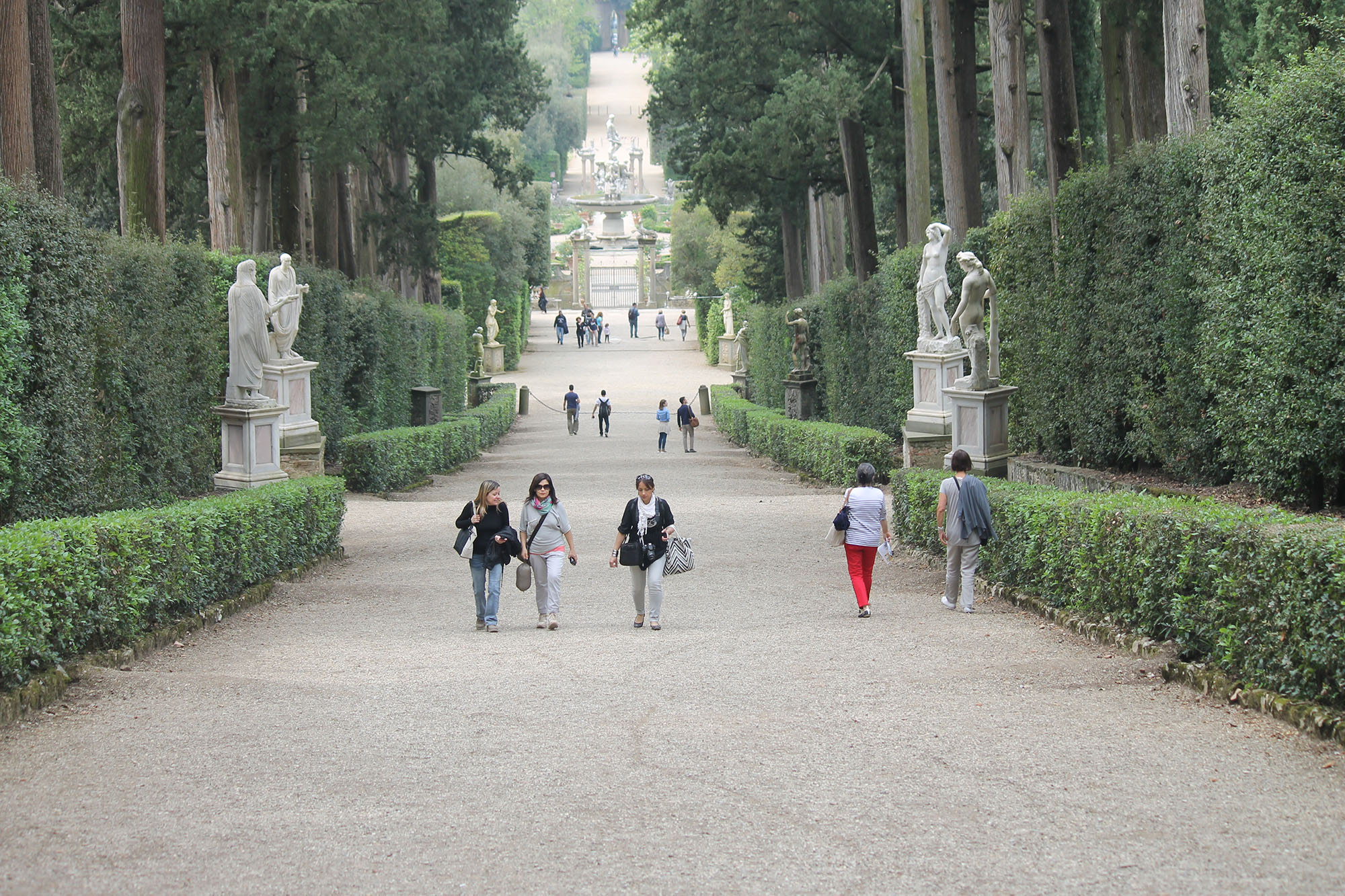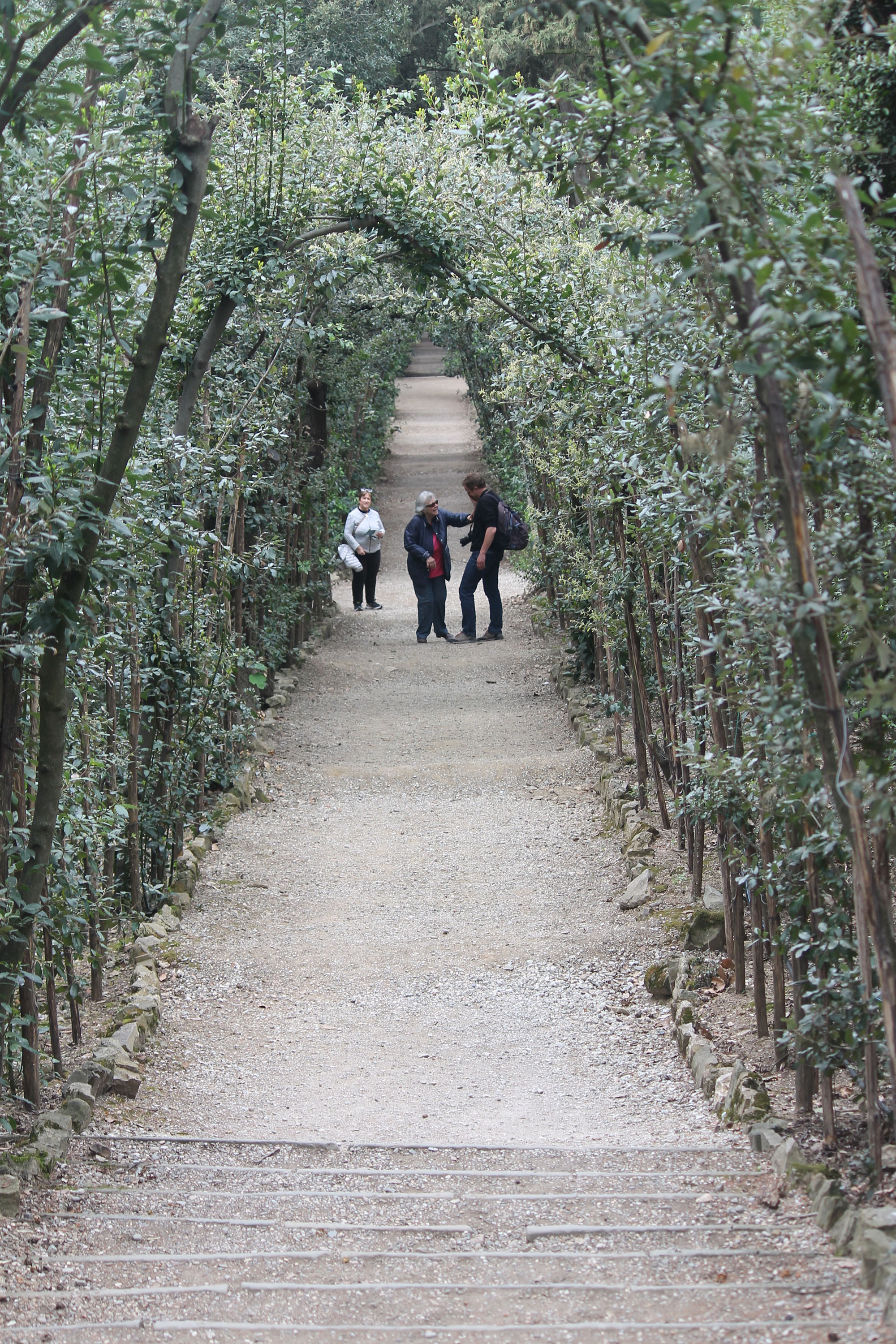Earlier this winter, my daughters and I began the process of plant propogation by sowing native seeds in our backyard. We decided on a couple berries — Flowering raspberry Rubus odoratus and Wild strawberry Fragaria virginiana — and a few woodland plants tolerant of some shade — Tall anemone Anemone virginiana, Large–leaved wood aster Eurybia macrophylla, and White wood aster Eurybia divaricate. From the Wild Seed Project organization, we received seed packets, basic instructions, and began. We filled plastic containers with organic planting soil, labelled the containers, dusted the surface with seeds, and covered the seeds with a thin layer of coarse sand to armor the seeds from rain. Protecting the seeds from foraging birds and rodents, we repurposed our rabbit’s second home, a wire cage, to house the containers (our rabbit is happily indoors in a wood hutch). We watered the containers and, fingers crossed, the seeds will germinate come spring or summer!




